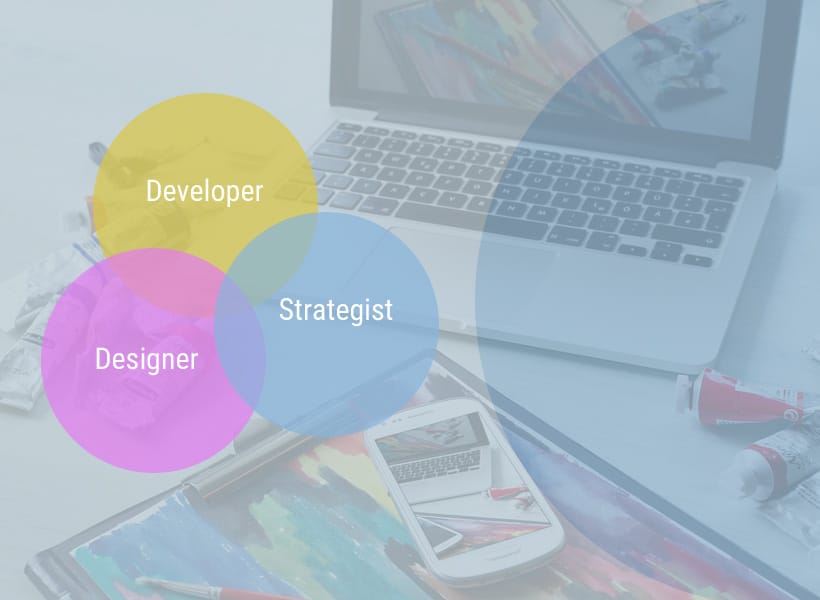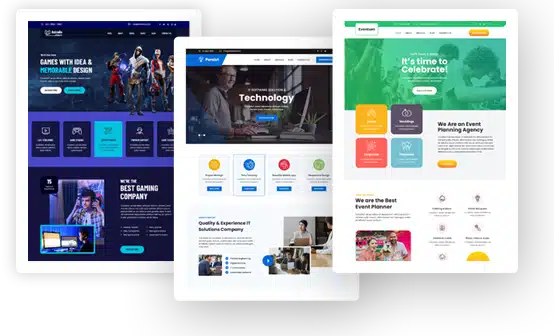Why Your Developer Isn’t Enough: The Case for Creative and Strategic Collaboration

It’s a common scenario. A business hires a talented developer, hands them a list of technical requirements, and expects a high-performing website that drives traffic, converts visitors, and scales with growth. But weeks or months later, the site is live, and while it might look decent and function correctly, it’s not bringing results. Leads are stagnant, bounce rates are high, and conversions are low.
Here’s the truth: development alone doesn’t equal digital success. A great developer can build exactly what you ask for, but that doesn’t mean it’s what your audience needs. Without the input of a creative team and strategic minds, even the most technically sound site can fall flat. That’s why working with a web design company that integrates creativity, UX thinking, and business strategy is often a smarter investment than hiring in isolation.
Developers Build. Strategists and Designers Shape Purpose.
Developers are problem-solvers. They’re essential in bringing ideas to life, turning code into functioning websites and applications. But development is just one piece of a much bigger puzzle. If you want your site to attract traffic, reflect your brand, and guide users to action, it needs to be strategically planned and creatively executed.
This is where collaboration with brand strategists, designers, copywriters, and marketers becomes essential. And this is also where an experienced SEO company can step in to ensure that your technical structure aligns with search engine requirements and user expectations.
When you silo development from design or strategy, you create friction. The result is often a website that works but doesn’t perform.
The Real Cost of Skipping Creative Collaboration
A website should be more than a digital brochure. It should:
- Tell a compelling story.
- Clearly express value.
- Address objections and build trust.
- Make it effortless for users to take the next step.
When these layers are missing, visitors may land on your site and immediately bounce. Even if your developer has checked every box from a functionality standpoint, without storytelling, psychology, and visual hierarchy, you won’t hold attention, and attention is the currency of conversion.
A study by Nielsen Norman Group shows users leave most websites within 10 to 20 seconds unless the site clearly communicates its value. That’s a design and content problem, not a code issue.
The Synergy of Developer + Designer + Strategist
Let’s break this down:
- A developer ensures the site runs well, loads fast, and doesn’t break.
- A designer makes sure the site is visually engaging, accessible, and aligned with the brand identity.
- A strategist asks, what’s the goal of this page? Who’s visiting it? What should they do next?
When these roles collaborate early in the process, magic happens. Navigation becomes intuitive. Calls to action feel natural. Content flows with design instead of fighting it. And all of it works seamlessly on the back-end, thanks to the developer.
Why “Just a Developer” Can Hurt Long-Term Growth
When businesses cut corners and try to save costs by hiring only a developer, they often end up paying more in the long run. Here’s why:
- Rework: Once you realize your site isn’t converting, you’ll have to redesign or rewrite major parts of it.
- SEO Gaps: Without proper on-page SEO, your site may not rank, even if it’s technically flawless.
- User Experience Issues: Poor layout, unclear messaging, or confusing navigation all reduce engagement.
- Brand Inconsistency: Developers aren’t responsible for tone, visual style, or emotional impact. That’s a designer and brand strategist’s job.
The biggest issue? You may not know what’s wrong; you’ll just know it’s not working.
How Collaboration Elevates Every Stage of a Web Project
-
Discovery
Before any code is written, strategy comes into play. This phase is about research: competitor analysis, target audience behavior, keyword intent, and mapping the user journey. A good seo company brings data to the table that informs design and development priorities.
-
Wireframing & UX Planning
Designers and strategists outline the structure of the site, where content lives, how it flows, and how users navigate. Developers provide technical insight to ensure these ideas are feasible and scalable.
-
Visual Design & Branding
Now, designers craft the interface: typography, colors, imagery, iconography, all tailored to speak to your audience. Developers give feedback on animations, responsiveness, and potential performance constraints.
-
Development
Once the design is finalized, the developer takes over. But now they’re not working in the dark; they’re building something that already has a clear purpose, aligned messaging, and validated structure.
-
Content Integration & SEO
Content writers ensure your message is clear, compelling, and optimized. SEO experts add the finishing touches, metadata, internal linking, and schema markup. It’s at this point that a skilled web design company shows its real value: everything aligns.
Real Results Come From Real Collaboration
There’s a reason high-performing websites are rarely the product of one person. It’s because digital success is multidisciplinary. Design alone can’t carry it. Neither can code. And even the best-written content won’t convert on a clunky site.
When these disciplines talk to each other, when they share a single goal and iterate together, that’s when a website goes beyond just “being online.” That’s when it starts performing.
The Power of Strategic Design in SEO
One overlooked fact: search engines see design decisions. Maybe not colors or fonts, but certainly structure, load time, mobile usability, and engagement patterns. A poorly designed site that causes high bounce rates and low dwell time can harm rankings, even with perfect technical SEO.
That’s why an SEO company that collaborates closely with designers and developers tends to deliver better results. It’s not just about keywords or links, it’s about crafting an experience that signals relevance, quality, and trust to both users and search engines.
How to Rethink Your Next Website Project
If you’re planning a website redesign, don’t start with code. Start with strategy. Define your business goals, understand your audience, and then build a creative team that includes developers, designers, and marketers.
Here’s a better approach:
- Hire or consult a strategic lead to map user flow and business priorities.
- Involve a designer early to start crafting the visual experience.
- Loop in an SEO expert to ensure search intent and visibility are part of the foundation.
- Bring in a developer to build the system once all the above are aligned.
This way, you avoid building a pretty but purposeless site or a fast but forgettable one.
Great Websites Aren’t Built Alone
Your developer is incredibly important, but they’re just one part of the equation. Without strategy, content, and design, even the cleanest code won’t get you results.
So the next time you plan a digital project, ask yourself: Am I building a website or creating an experience? Because in today’s world, it’s the experience that converts, gets shared, ranks well, and drives lasting value. And that takes collaboration.

